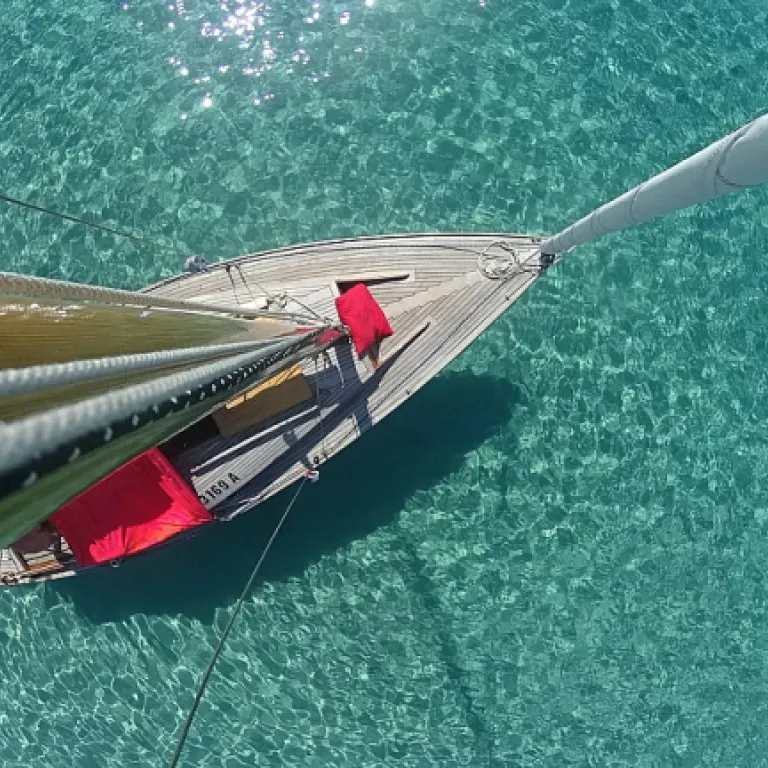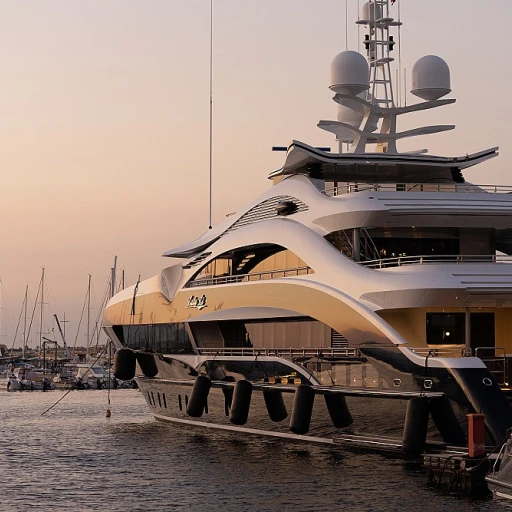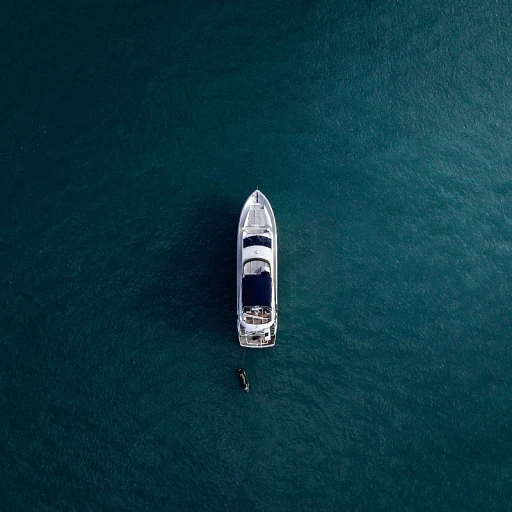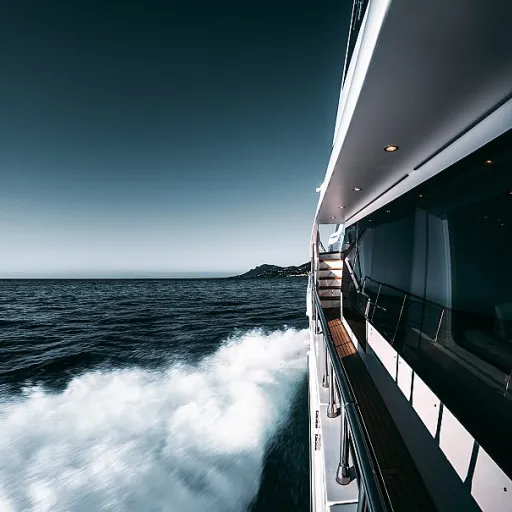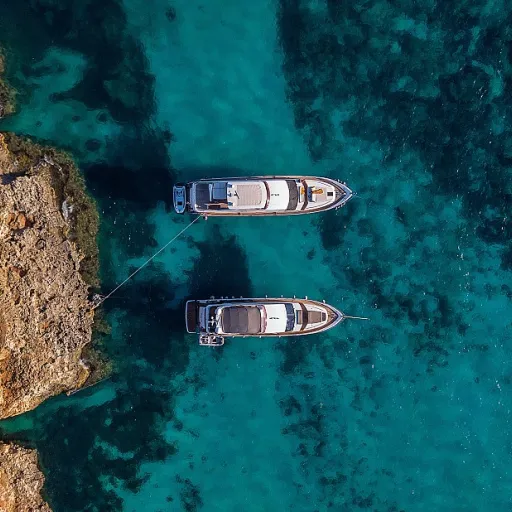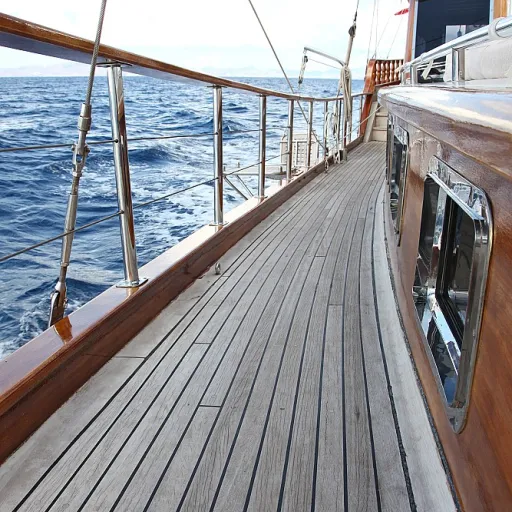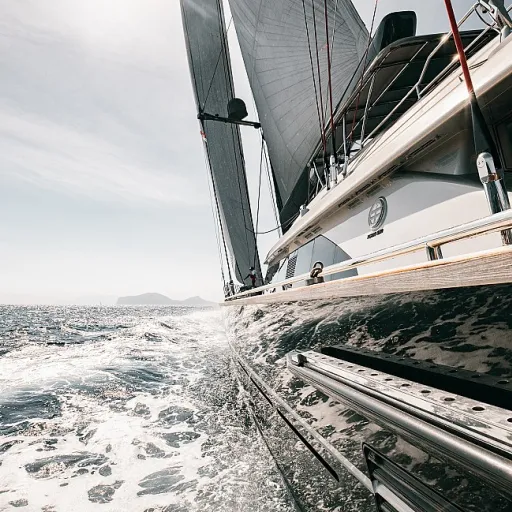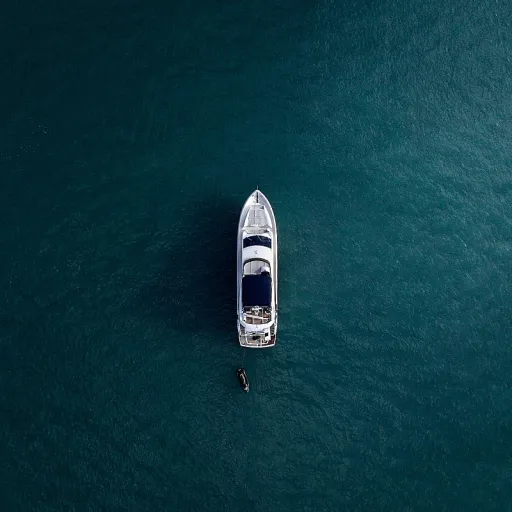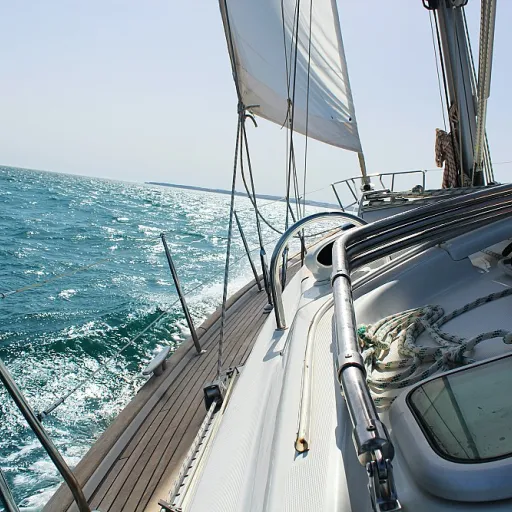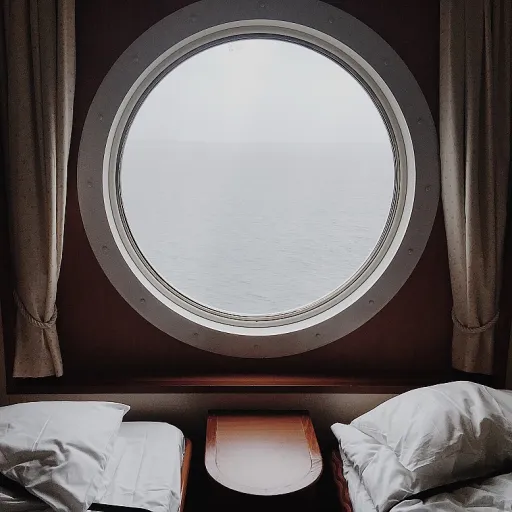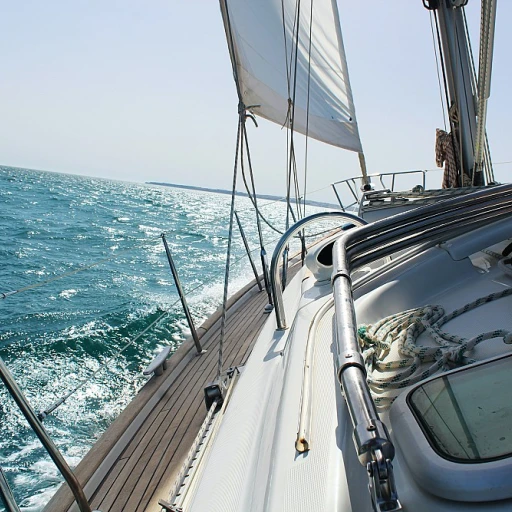
Understanding the Need for Air Conditioning on Sailboats
Why Air Conditioning is Essential for Sailboats
Understanding the need for air conditioning on sailboats is crucial, especially for those who enjoy spending extended periods at sea. A sailboat can quickly become an oven under the radiant sun, which makes air conditioning an important element of climate control on board. It provides the much-needed relief from the sweltering heat, ensuring comfort during those hot, humid days. For sailors venturing into warmer climates, having a marine air conditioner is not just a luxury but a necessity. These systems offer more than just cooling; they enhance the quality of your journey significantly by maintaining a comfortable internal environment. Moreover, knowing how conditioning units fit within the overall design of your boat is essential for optimizing space and energy consumption. In the broader landscape of marine systems, units such as the Dometic and Webasto air conditioning units are best suited for sailboats. These are renowned for their efficiency and compact design. They can be discreetly installed through panels, hatch units, or even below the deck. The installation of marine air condoms should consider both the energy efficiency they provide and how they integrate with the existing marine systems. Managing energy levels onboard is essential to sustaining all onboard operations seamlessly. Finally, it’s important to note that larger boats may require more robust systems, potentially with multiple conditioning units to evenly distribute air. Linking up the best conditioning unit for your needs with the energy and space available will ensure an enhanced sailing experience. For those eager to learn more about marine innovations that accommodate various aspects of sailing, exploring the benefits of aqua thrusters in yachting offers intriguing insights (https://www.yachtlifestyle.net/blog/exploring-the-benefits-of-aqua-thrusters-in-yachting).Types of Air Conditioning Systems for Sailboats
Exploring Various Air Conditioning Systems
When it comes to sailing, maintaining a comfortable environment in your sailboat is crucial, especially in warm climates. Choosing the right air conditioning system can greatly enhance your marine experience. From traditional setups to more modern solutions, there are several options to consider.
- Self-Contained Units: Commonly used in smaller boats, these "plug and play" units are compact and typically come equipped with a built-in refrigerant and compressor. They are best suited for easy installation through a hatch and are known for their quiet efficient operation.
- Split Systems: These feature a separate evaporator and compressor, offering more flexibility in terms of placement. They require more complex installation, but for larger boats, they provide excellent cooling capacity and are known for their energy efficiency.
- Chiller Systems: Ideal for larger boats, chiller systems use water to disperse cool air throughout multiple cabins. This system excels in climate control, offering superior cooling and heating marine capabilities.
- Marine Air Circulation Units: These air conditioning units focus on air movement rather than cooling air through refrigeration, reducing energy consumption and providing a cost-effective option.
When evaluating marine air conditioning solutions, it's important to consider the Btu unit rating required for your space. This measurement reflects the system's cooling capacity. Additionally, companies like Dometic and Webasto offer reliable marine systems and heating marine solutions, ensuring you find marine air conditioners suitable for your specific needs.
For further insights into optimizing your sailboat's functionality, explore more about the intricacies of steering wheels in marine vessels.
Installation Considerations and Challenges
Integrating the Cooling Marvel: Fitting Air Conditioning on Sailboats
Installing air conditioning on sailboats can be quite the undertaking, but with the right knowledge, it can transform your boating experience. Before diving into your project, evaluate the specific needs of your vessel. Whether a compact hatch unit is best suited for your smaller boat or a more sophisticated marine system is essential for larger boats depends on your unique situation. Considering the positioning is vital. Marine air conditioning systems can typically be broken down into self-contained units, divided systems, and chiller systems, each with its own installation requirements. Self-contained units are simpler to install and are often best suited for sailboats with limited space. They can be conveniently placed under seating or in storage compartments, seamlessly integrated into your boat's existing layout. On the other hand, for a more intricate setup, divided systems or series systems might be required. These involve a separate condenser and evaporator, offering greater flexibility in distributing cool air—particularly beneficial for larger boats. Consider the available space and ensure that the system's components can be accommodated without disrupting the overall balance of your marine sanctuary. In addition, paying attention to the air intake and circulation is crucial. Efficient air exchange ensures that the conditioning units operate at optimal levels. Installing vents strategically can help maintain a consistent climate control across the sailboat, maximizing the effectiveness of your air conditioning unit. Water connection is another key consideration. Many marine systems, like those from Webasto Air or Dometic, utilize water-cooled heat exchangers. Properly installing these systems not only demands meticulous planning but also benefits from leveraging existing points of entry to simplify the integration. To enhance safety and effectiveness, be aware of your boat's power management system. Evaluating your boat's energy requirements ensures that you select a conditioning system that fits your btu unit needs without overwhelming your energy capacity. Addressing these energy efficiency guidelines is integral to the success of your installation project. For sailors eager to delve into the intricacies of electric systems on boats, navigating the importance of proper power allocation and management can be as critical as controlling the helm itself. For more insights on electric systems, learn more here. Undoubtedly, the installation of marine air conditioning units can present its share of challenges, but understanding these considerations will pave the way towards a cool and quiet efficient boating experience. Unveil the delight of sailing in comfort and redefine what luxury at sea truly means.Energy Efficiency and Power Management
Optimizing Power Use and Managing Energy
To fully utilize air conditioning on sailboats without overwhelming their limited power sources, understanding energy efficiency and power management is crucial. Sailing enthusiasts often prioritize systems that offer cooling while balancing the boat's overall energy demands. Considering power consumption makes a significant difference in maintaining comfort aboard. Choosing the right capacity, usually measured in BTUs, for your marine air conditioning system is vital. An appropriate BTU unit ensures that the system is neither underpowered for the cooling task nor unnecessarily consuming excess energy. An energy-efficient unit, like those from Webasto Air or Dometic, applies modern technology to maximize climate control without draining your power options. Installation of water-cooled marine systems might be best suited for larger boats. These systems tend to be more energy-efficient by using the boat's surrounding water as a natural heat exchanger, providing a quiet efficient conditioning experience. When the cooling system draws on boat water, it reduces the reliance on electric power, which is a premium resource when sailing. Keeping your conditioning unit efficient also involves power management. Strategically operating the unit, especially during peak sailing conditions, eases the load on your boat's power system. This might involve running the air condition during the daytime when solar panels could offset the power draw, if installed on your boat. For boats with limited infrastructure, hatch units could serve as an effective alternative. These are installed through an existing hatch and use space wisely, though they may not offer the same energy efficiency as more integrated systems. However, the ease of installation and less complex power requirements make them an attractive choice for many sailors. Heating marine air conditioning units can also play a role in overall energy usage. When combined with reverse cycle heat exchangers, these units offer both heating and cooling by efficiently leveraging the same power system, making them ideal for variable climates experienced while sailing. Ultimately, learning to balance comfort with energy efficiency can enhance your sailing experience. Opt for systems that meet your cooling requirements while preserving essential power for other boat functions. Keeping your boat air condition system in check ensures it keeps operating privately and efficiently.Maintenance and Troubleshooting Tips
Ensuring Optimal Performance and Addressing Common Issues
Maintaining your sailboat's air conditioning units in top condition is vital for ensuring a comfortable experience while sailing. Regular maintenance not only maximizes the lifespan of the system but also enhances its efficiency and reliability. Here are some tips to help you navigate common maintenance and troubleshooting scenarios.
- Regular Cleaning: Over time, dust and debris can accumulate within your air conditioner, particularly around the filters and coils. Regularly cleaning these components can improve air flow and cooling efficiency. For marine systems, ensure that water intakes and heat exchangers are clear from any obstructions to prevent overheating.
- Monitoring Refrigerant Levels: The refrigerant in your air conditioning system plays a crucial role in its cooling function. It's advisable to check and maintain optimum refrigerant levels to avoid higher energy consumption and decreased cooling. If you're unsure, consult a professional or refer to your unit's manual for guidance.
- Preventing Water Leaks: Air conditioning units for boat installations, particularly older models, can occasionally develop leaks due to condensation. Ensure that all drain lines are clear and check for any signs of wear or cracks in the water hoses.
- Addressing Electrical Issues: Marine systems often face electrical challenges, especially if not correctly installed. Regularly inspect all wiring connections and fuses to ensure there’s no wear or corrosion, which can impact the overall performance and safety of your conditioning unit.
- Seeking Professional Help: If your system is not cooling as expected, or if you encounter recurring issues that routine checks don't resolve, it might be time to consult a professional technician. Their expertise can provide insights and solutions suited to your specific setup and requirements.
Maintaining your air conditioning system not only contributes to your comfort but ensures efficient energy use, which is particularly important when dealing with the limited power resources on sailboats. Addressing maintenance appropriately will help you enjoy your cruising adventures, no matter the climate.

